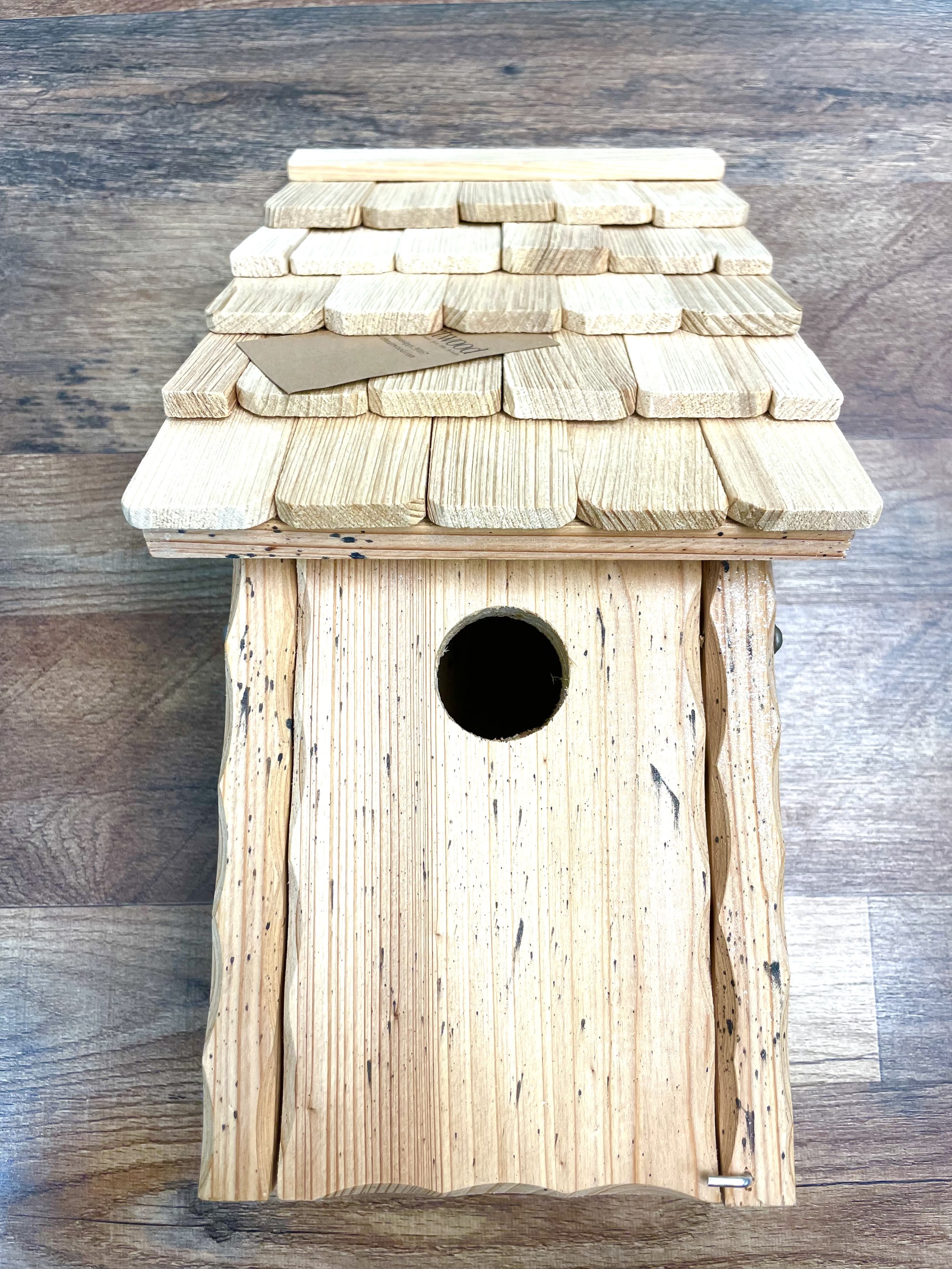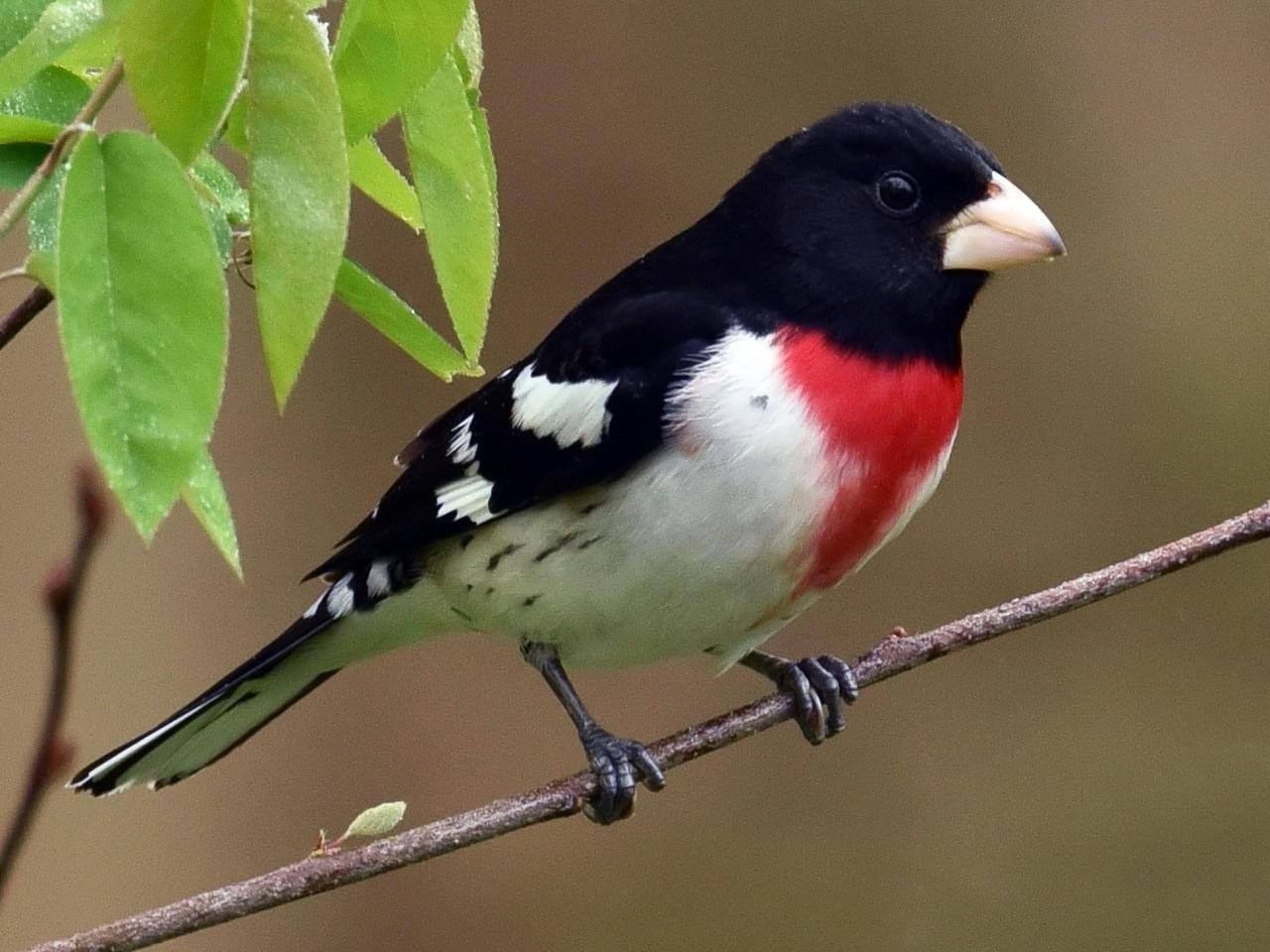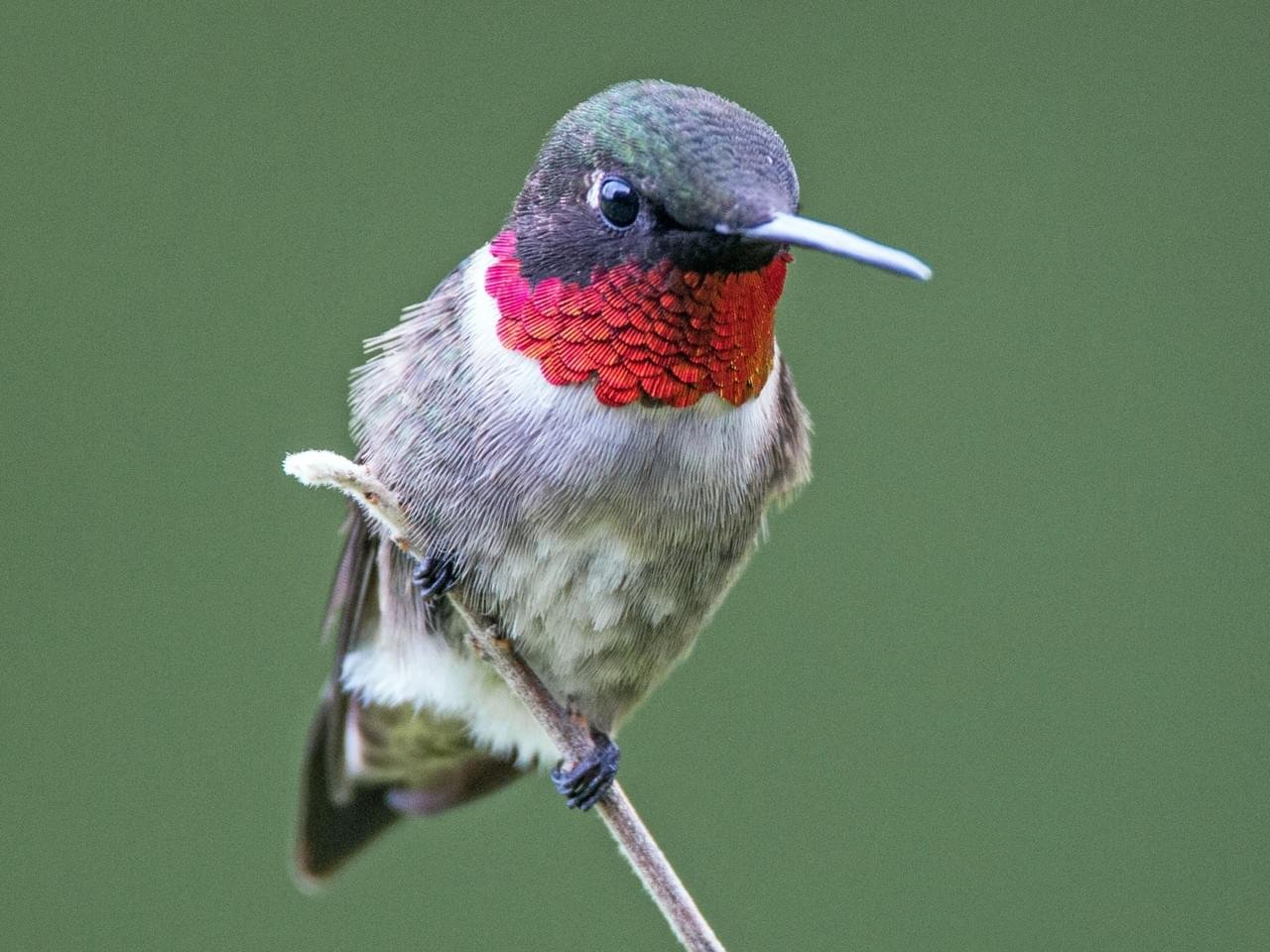Despite being a common sound throughout the deciduous forests of eastern North America in spring and early summer, the song of the Wood thrush is still one of our favorite bird songs. While these medium sized members of the thrush family may not be as flashy as their cousin, the Eastern bluebird, or as well-known as their cousin, the American robin, their song is what sets them apart. Thanks to a unique Y shaped voice box, these harmonious songbirds have the ability to harmonize with themselves! Learning to identify their distinctive flute-like “ee oh lay” calls will greatly help in catching a glimpse of these elusive birds.
Look for these reddish brown pot-bellied birds as they work the leaf litter of the forest floor in search of small insects. Mature deciduous forests are their preferred habitat, and they are a common spring and summer resident in the forests surrounding Radnor Lake or Warner Parks.
The female Wood thrush constructs the nest by first creating a platform of dry materials such as twigs, grass, or even paper and plastic. Next, she will begin to weave these materials together to form the body of the nest. She then will use her weight and stamp the floor down until she has created a three inch deep cup. Lastly, she will line this with mud and a final covering of small rootlets for the eggs to sit in. This entire process is completed within 3-6 days. Unfortunately, they are prone to nest parasitism by the Brown-headed cowbird to the point that in some parts of the Midwest, it is estimated that virtually every forest-edge habitat nest contains the egg of a cowbird.
Males take an active role in parenting to the extent that they do more feeding of young than the females. This frees her up to start a second brood and after they fledge, the parents will divide the young and feed both groups separately in different parts of their territory. Wood thrush will often raise two broods per season, although this sometimes requires 3-4 attempts.















